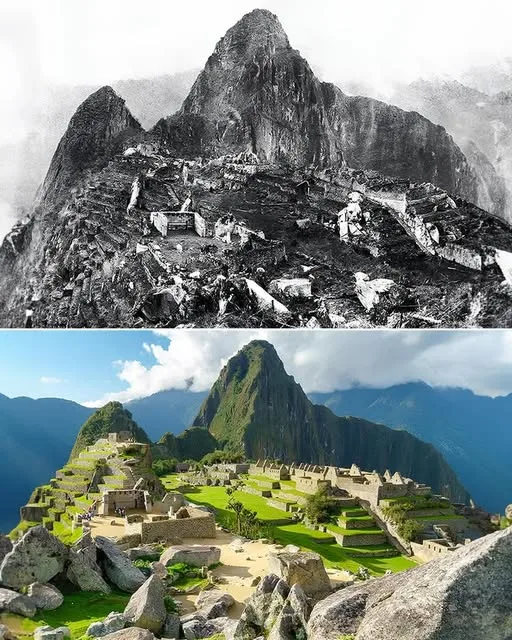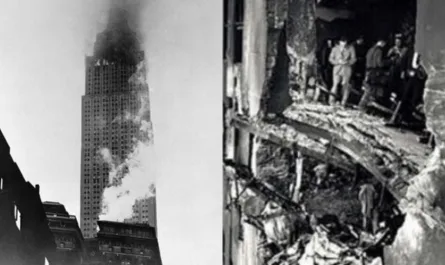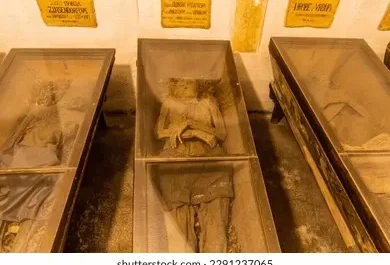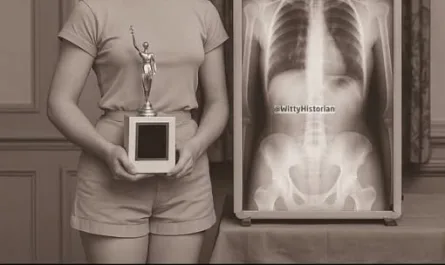The first photograph of Machu Picchu, captured in 1911, offers a glimpse into a world seemingly untouched by modernity. Taken during Hiram Bingham’s expedition, the image reveals a site shrouded in dense vegetation, with its intricate agricultural terraces buried beneath layers of jungle growth. Far from the pristine ruins celebrated today, Machu Picchu appeared as a forgotten relic, its stone structures cloaked in moss and underbrush, blending seamlessly with the surrounding Andean landscape.

A Misattributed Discovery
Hiram Bingham is often credited with “discovering” Machu Picchu, but this narrative overlooks a crucial detail. Local Quechua-speaking farmers, who had known of the ancient Incan city for generations, guided Bingham to the site. Their intimate knowledge of the terrain was instrumental in revealing this hidden gem. When Bingham arrived, the ruins were so overgrown that their grandeur was nearly imperceptible, challenging the idea of a solitary discovery and highlighting the vital role of indigenous communities in preserving this history.
Unveiling a Hidden Wonder
The 1911 photograph captures the moment when Machu Picchu began its transition from obscurity to global fame. The dense foliage obscured the meticulously crafted terraces and buildings, hinting at the scale of work required to restore the site. Bingham’s documentation, aided by the farmers’ insights, sparked interest among archaeologists and historians. Subsequent expeditions and restoration efforts cleared the vegetation, revealing the sophisticated architecture and layout that define Machu Picchu today—a testament to Incan engineering and resilience.
The Transformation
Over the decades, extensive restoration has transformed Machu Picchu into the breathtaking archaeological marvel it is now. The terraces, once buried, now showcase the Incas’ advanced agricultural techniques, while the restored temples and residences highlight their cultural and spiritual life. This evolution from a jungle-covered ruin to a UNESCO World Heritage Site owes much to the initial guidance of local farmers and the dedication of those who followed Bingham’s lead.
Reflecting on Its Legacy
The first photograph of Machu Picchu serves as a powerful reminder of the site’s rediscovery and the collaborative effort that brought it to light. For travelers and history enthusiasts, visiting Machu Picchu today offers a chance to walk through its restored pathways and imagine the lives of its past inhabitants. The site’s journey from a hidden ruin to a global icon underscores the importance of local knowledge and the enduring allure of the Incan civilization.




